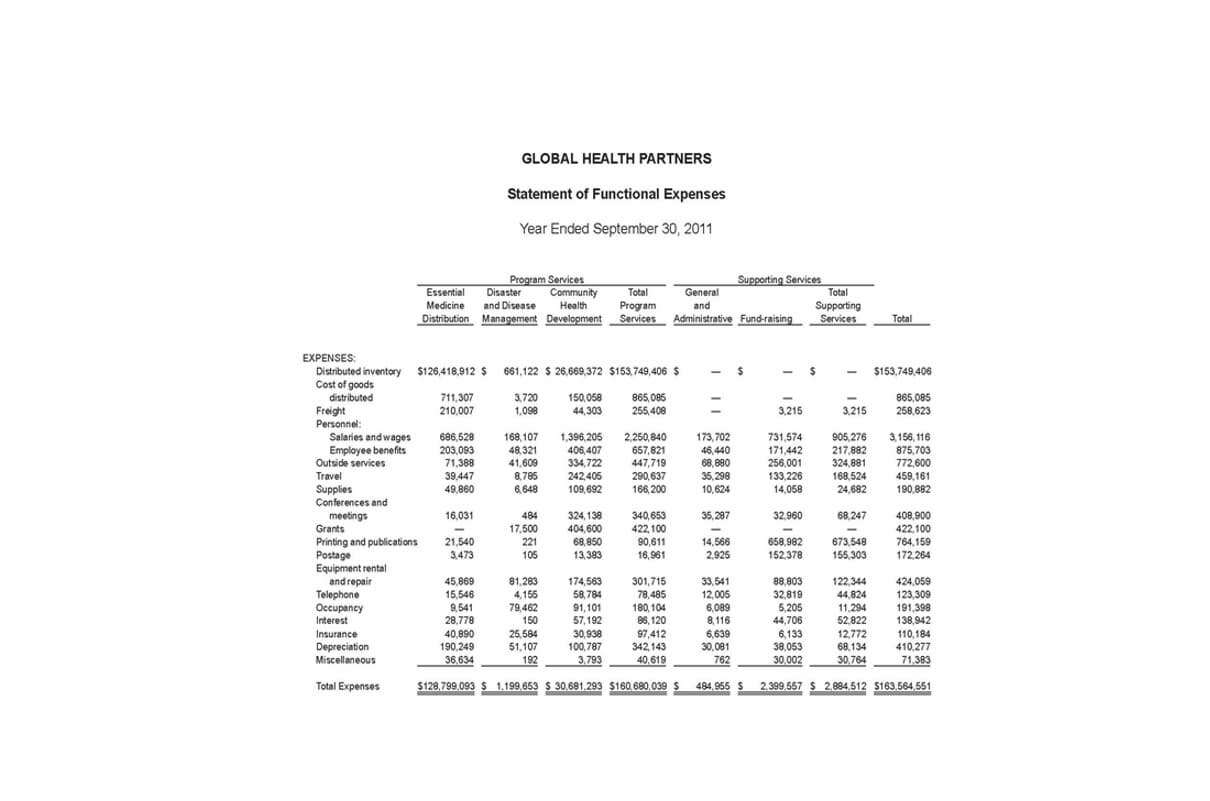
On the other hand, a ratio above 1.0 suggests that the company can meet its short-term debts. Current assets are all the assets listed on a company’s balance sheet expected to be converted into cash, used, or exhausted within an operating cycle lasting one year. Current assets include cash and cash equivalents, marketable securities, inventory, accounts receivable, and prepaid expenses. It is calculated by dividing a company’s current assets by its current liabilities.
- The current ratio is one of the oldest ratios used in liquidity analysis.
- Current ratios can also offer more insight when calculated repeatedly over several periods.
- Often, the current ratio tends to also be a useful proxy for how efficient the company is at working capital management.
- While the current ratio looks at the liquidity of the company overall, the days sales outstanding metric calculates liquidity specifically to how well a company collects outstanding accounts receivables.
- For instance, an equal increase in current assets and liabilities will reduce the current ratio while an equal decrease in current assets and liabilities will increase the ratio.
- The current ratio of 1.0x is right on the cusp of an acceptable value, since if the ratio dips below 1.0x, that means the company’s current assets cannot cover its current liabilities.
This is because the higher the current ratio, the more the ability of the company to pay its obligations because it has a larger amount of short-term asset value compared to the value of its short-term liabilities. However, for investors, a very high current ratio may not be a good sign. This is because a company having a very high current ratio compared to its peer group may mean that the management might not be using the company’s assets or its short-term financing facilities efficiently. The company can also consider selling unused capital assets that don’t produce a return. This cash infusion would increase the short-term assets column, which, in turn, increases the current ratio of the company. There are some liabilities that do not bring funds into the business that can be converted to cash.
Reduce the company’s expenses
To estimate the credibility of Mama’s Burger, the bank wants to analyze its current financial situation. Note that the value of the current ratio is stated in numeric format, not in percentage points.You can obtain the exact values of particular factors of this equation from the company’s annual report (balance sheet). Perhaps more significant would be a sharp decline in the current ratio from one period to the next, which may indicate liquidity issues. While your bookkeeper or staff accountant can certainly calculate a quick ratio, it’s best to let an experienced accountant provide the follow-up analysis on what the quick ratio results mean for your company. However, similar to the example we used above, special circumstances can negatively affect the current ratio in a healthy company.
- Both give a view of a company’s ability to meet its current obligations should they become due, though they do so with different time frames in mind.
- The current ratio, therefore, is called “current” because, in contrast to other liquidity ratios, it incorporates all current assets (both liquid and illiquid) and liabilities.
- When comparing the quick ratio vs current ratio, the quick ratio is more conservative than the current ratio formula.
- The second factor is that Claws’ current ratio has been more volatile, jumping from 1.35 to 1.05 in a single year, which could indicate increased operational risk and a likely drag on the company’s value.
- In other words, the current ratio is a good indicator of your company’s ability to cover all of your pressing debt obligations with the cash and short-term assets you have on hand.
- The current ratio can also be used to track trends within one company year-over-year.
- My Accounting Course is a world-class educational resource developed by experts to simplify accounting, finance, & investment analysis topics, so students and professionals can learn and propel their careers.
Upgrading to a paid membership gives you access to our extensive collection of plug-and-play Templates designed to power your performance—as well as CFI’s full course catalog and accredited Certification current ratio equation Programs. Enter your name and email in the form below and download the free template now! You can browse All Free Excel Templates to find more ways to help your financial analysis.
Current Ratio
This ratio works by comparing a company’s current assets (assets that are easily converted to cash) to current liabilities (money owed to lenders and clients). You can calculate the current ratio by dividing a company’s total current assets by its total current liabilities. Again, current assets are resources that can quickly be converted into cash within a year or less, including cash, accounts receivable and inventories.
Ultimately, the current ratio helps investors understand a company’s ability to cover its short-term debts with its current assets. The current ratio measures a company’s capacity to meet its current obligations, typically due in one year. This metric evaluates a company’s overall financial health by dividing its current assets by current liabilities.
What’s the difference between the quick ratio vs current ratio?
Here, we’ll go over how to calculate the current ratio and how it compares to some other financial ratios. The company has just enough current assets to pay off its liabilities on its balance sheet. What counts as a good current ratio will depend on the company’s industry and historical performance. Current ratios of 1.50 or greater would generally indicate ample liquidity.
Liquidity Coverage Ratio (LCR): Definition and How To Calculate – Investopedia
Liquidity Coverage Ratio (LCR): Definition and How To Calculate.
Posted: Sun, 26 Mar 2017 00:06:26 GMT [source]
Learn financial statement modeling, DCF, M&A, LBO, Comps and Excel shortcuts. If the ratio were to drop below the 1.0x “floor”, raising external financing would become urgent. With that said, the required inputs can be calculated using the following formulas.
